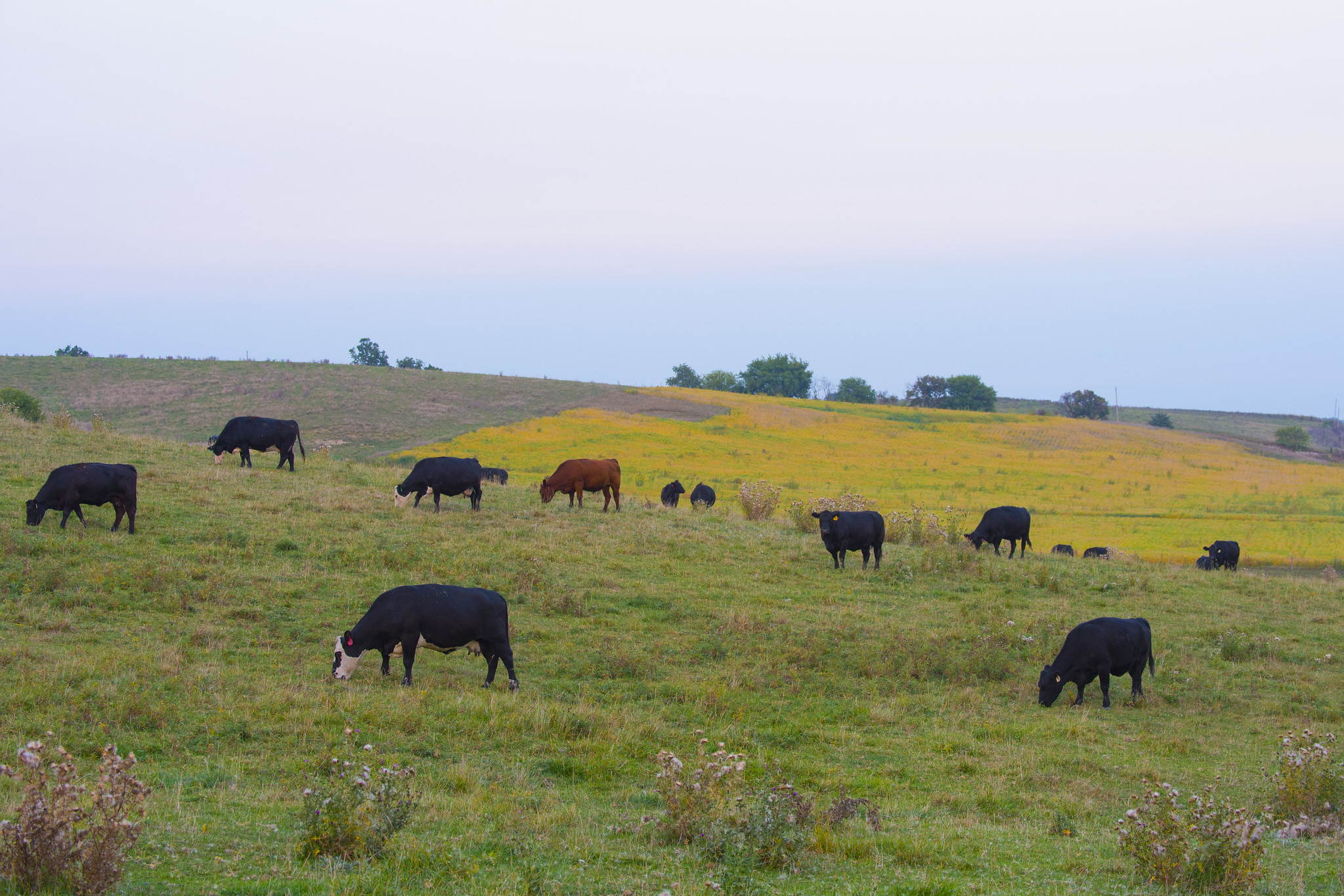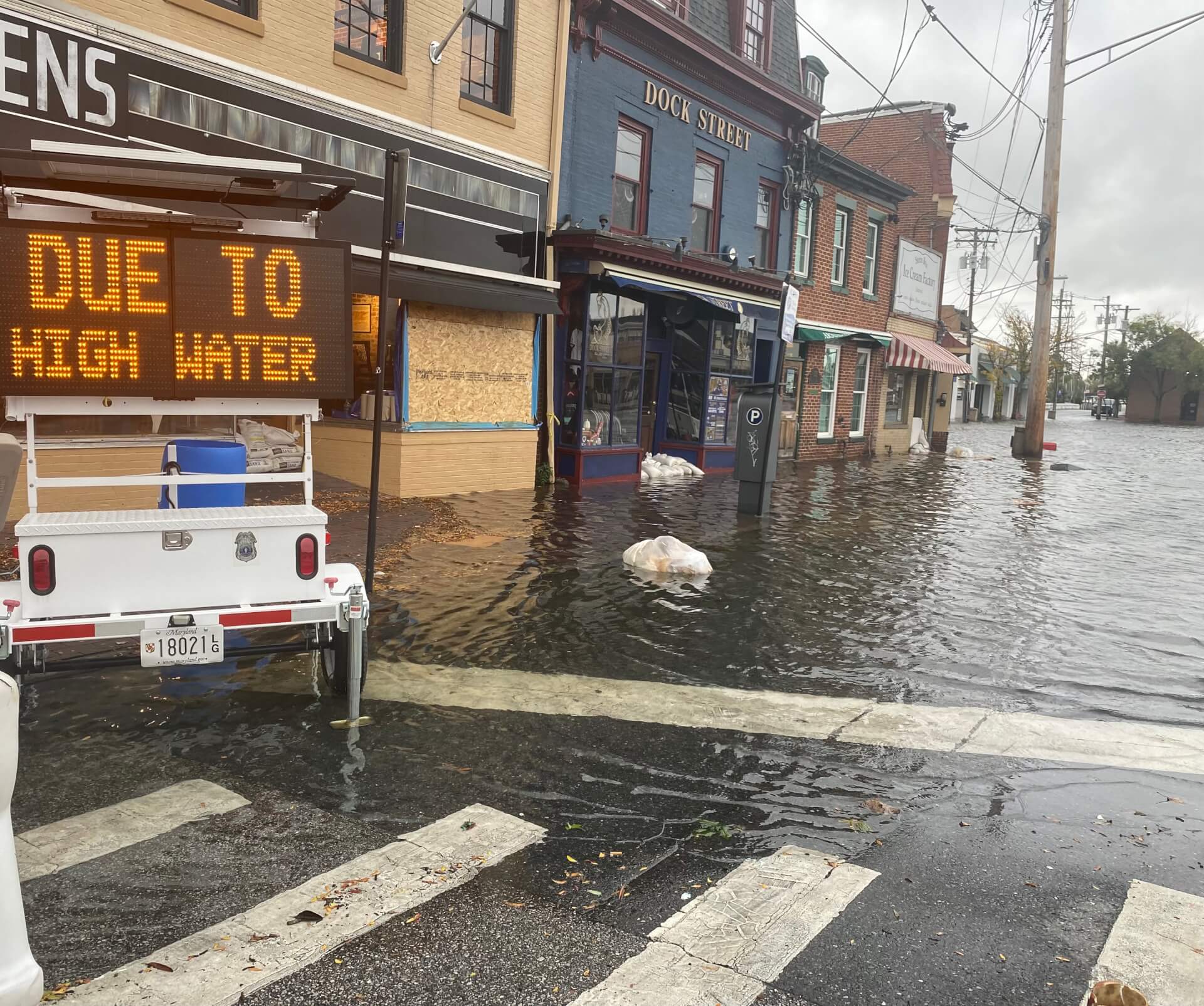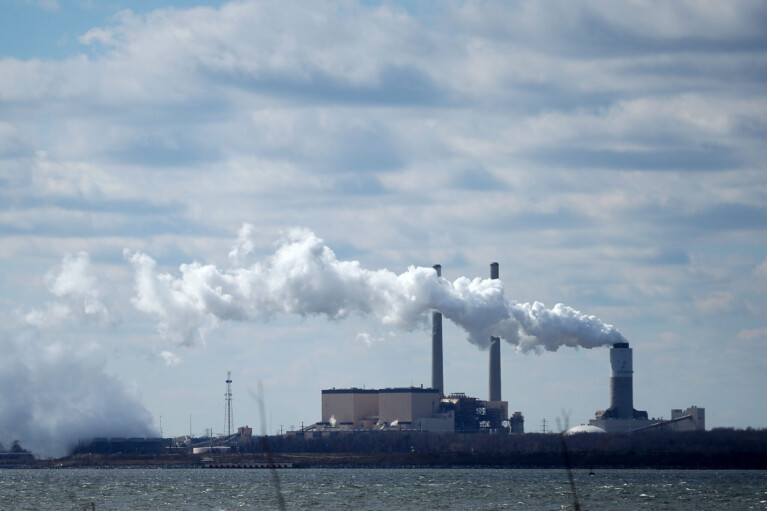USDA’s climate grants for farms and forests run into Republican buzzsaw

The Biden administration is spending more than $3 billion to cultivate more American farmers and forest landowners as partners to mitigate climate change — even while some Republicans on Capitol Hill try to stop the program entirely.
The administration launched a new farm program, Partnerships for Climate Smart Commodities, this year. It is the USDA’s largest-ever investment in climate-smart agriculture and part of a larger effort to advance the administration’s priority of addressing climate change.
Agriculture Department officials say they hope the program will be transformational and help create markets that could eventually bring “climate-smart” products to grocery shelves.
The program disburses grants for pilot programs that will pay landowners to try new practices to improve the carbon footprint of their operations — with a special focus to recruit traditionally underserved landowners to participate.
Even more ambitiously, the Agriculture Department wants to use the program to help create new markets and revenue streams for “climate-smart” practices for those producing commodities like corn, soybeans, almonds, pork or beef. In total, 52 projects mention building or expanding markets and 26 mention some form of branding or certification process, according to an analysis from the Sustainable Agriculture Coalition.
“Through these projects, our partners are working to create new markets for climate-smart commodities, while developing the tools needed to quantify impacts and help producers implement climate-smart practices on their land,” Agriculture Secretary Tom Vilsack said in a statement announcing the implementation phase of the grants in April.
But Republican lawmakers have criticized the program — both for its emphasis on climate change and because of its funding source. Lawmakers have introduced bills to stop the program, and the GOP-controlled House Appropriations Committee voted to block spending for it next year.
Meanwhile, the Agriculture Department has been moving forward steadily, approving grants and rolling out the $3.1 billion in projects, 141 of them in total, some of which have funding from other sources as well. USDA has finished negotiations with partners for most of the bigger budget grants and 60 projects across 53 states and territories are currently active.
There are 19 projects in Maryland in the pipeline for funding, including initiatives to help produce climate-smart milk and lower-carbon beef, among other efforts.
The national initiative has won support from many agriculture, farm cooperative, forestry and research groups, including the National Farmers Union and the American Farm Bureau Federation. It has participants from major universities and farm corporations.
USDA estimates the program will reach more than 60,000 farms, encompassing more than 25 million acres of working lands. The agency’s preliminary estimates are that it will provide a reduction of over 50,000 million metric tons of CO2 equivalent. Climate activists say they hope the agency releases data as the projects roll out to show if those estimates become a reality.
Republicans try to block spending
Republican critics of the bill say the Biden administration overstepped its authority when it created the climate program and used the USDA’s financing institution, the Commodity Credit Corporation, known as the CCC, to pay for it.
The Commodity Credit Corporation began during the Great Depression as a bailout program for cotton farmers. Over the years, Congress and presidential administrations have directed CCC to fund an increasingly broad array of programs, including farm bill programs, export and commodity programs, conservation and disaster assistance.
For years there was little conflict over the Agriculture Department’s broad discretion for the account. But Vilsack, a former governor of Iowa, also came under fire for his use of the fund in 2010, when he was head of the USDA under President Barack Obama.
At issue then was $600 million in disaster assistance for Arkansas farmers who had been hit by wet weather. Republicans saw that aid as an attempt to shore up more support for Arkansas Democrat Blanche Lincoln, who was the chair of the Senate Agriculture Committee at the time and was in a tough reelection fight.
Her opponent, Republican John Boozman, criticized the bailout, later went on to win the election and now is the ranking member of the Senate Agriculture Committee. The Republican Congress placed restrictions on the use of the CCC in its appropriations bills from 2012 to 2017.
The House Appropriations Committee tried the same maneuver this year and included language in its 2024 agriculture spending bill that would bar the agriculture secretary from using the CCC for any discretionary programs — which would bring the climate program to a screeching halt.
The Appropriations Committee approved the bill but it has not yet made it to the House floor for a vote, one of several spending bills tied up in disputes over how much the government should spend and whether the bills should include far-right policy objectives.
On the Senate side, the Senate Appropriations Committee unanimously approved a bill in June that would not limit USDA’s discretionary use of CCC. But Sens. Chuck Grassley (R-Iowa), Roger Marshall (R-Kan.) and Mike Braun (R-Ind.) also introduced a bill in July that would limit the disbursal of funds through the CCC to only those authorized by Congress.
“I’m concerned that the CCC is at risk of becoming a slush fund for politically-driven pet projects,” Grassley said in a statement announcing the bill.
But Senate Democrats, who hold a thin majority in that chamber, are unlikely to agree to a bill that would limit the department’s use of the fund. The chair of the Senate Appropriations subcommittee that oversees USDA, New Mexico Democrat Sen. Martin Heinrich, also has his own proposal, the Agriculture Resilience Act, that would fund regenerative agriculture projects. It has 12 cosponsors.
From cotton bailouts to trade wars
The Biden administration’s climate program is unique, but the dispute over the Commodity Credit Corporation to advance pet projects for a presidential administration is not new.
Indeed, the account itself was first created in an act of executive authority, during the Great Depression. President Franklin Roosevelt authorized the CCC in 1933 through an executive order he issued while Congress was out of session.
Creating a separate account for farm support gave the government more leeway to deal with the variable nature of farm payments. Congress appropriated $3 million to capitalize it and stock was acquired to raise it to $100 million.
In its early years, the CCC gave millions of dollars in non-recourse loans to struggling cotton farmers. It later added corn, wheat, tobacco and other crops. In 1939, Roosevelt signed another executive order that transferred ownership and management of the CCC to the secretary of agriculture.
The possibilities opened further when the Truman administration reconfigured the CCC in 1948 and gave the secretary of agriculture even more discretion to use the funds for a variety of purposes. Under that charter, USDA can use it to make loans, purchases or payments to help agriculture producers, support the sale of commodities to other agencies and assist in the development of new markets for agricultural commodities. A board of directors oversees the corporation.
Since then, the CCC has essentially become USDA’s bank and served as the primary financing source for many farm bill programs, including commodity supports and conservation programs.
The broad mandate and borrowing authority allow USDA to carry out “almost any operation required to meet the objectives of supporting U.S. agriculture,” according to an analysis from the Congressional Research Service, a nonpartisan research group within the Library of Congress.
President Donald J. Trump’s administration took that to a new level in response to the administration’s trade war with China, using the CCC in dollar amounts that exceeded other administrations before or since.
“The Trump administration’s use of it was beyond creative, it was completely unprecedented,” said Ferd Hoefner, a Washington, D.C.-based consultant on farm and food policy. “It has been used frequently throughout history for all sorts of things, but they tended to be much lower-dollar amounts.”
The Trump administration directed $28 billion in aid to farmers in 2018-2019, when U.S. exports of agricultural goods dropped significantly in response to tariff increases.
USDA spent another $20 billion from the CCC in 2020 for producers who had been affected by the COVID-19 pandemic. In total, the Trump administration authorized over $51 billion from the CCC between 2018 and 2020, according to an analysis by the current USDA.
New payments, new markets
While some Republicans dislike the Biden administration’s use of the fund, the requests to participate in the Climate Smart Agriculture Program demonstrate the idea has some traction.
Initially USDA announced it would invest $1 billion in the partnerships but tripled its commitment because of the overwhelming requests for funding. USDA officials say they received more than 1,000 proposals from more than 500 groups — which would have totaled over $20 billion if they had funded them all.
They settled on $3.1 billion in grants to universities, agribusiness groups and nonprofits that will run climate projects. Many of the programs will help connect farmers or landowners with consultants or land managers that can help them make environmental plans and pay them to implement practices like cover crops, no-till farming or planting trees.
The voluntary nature of the program and the incentives to participate will be key to getting farmers on board, according to Rob Larew, president of the National Farmers Union.
“It is important to remember that farmers are often trying to make sure that they stay financially solvent and are operating too often on really thin margins or in some cases negative margins,” said Larew. “If someone is trying to tell you to improve your soil health with a cover crop, if you are not currently doing that and operating on such thin margins, it is a huge leap of faith and a real financial risk in order to make that move.”
Programs across the country will enroll farmers and collect data. For instance, an alliance led by Virginia Tech will enroll over 4,000 producers in Arkansas, Minnesota, North Dakota and Virginia for practices that include a pilot program to test new feed design and additives for livestock. Their project also plans to prototype a climate-smart certificate that can be sold in the private market.
Blue Diamond almond growers will offer no-cost seed and payments to farmers to put in conservation cover crops on their land.
The Climate Smart Partnerships are not a carbon bank or certification process — at least not yet. But many of them are working on ways to market climate-smart products.
For instance, the food processing giant Archer-Daniels Midland Company (ADM) received a $90 million grant to expand climate-smart corn, soybeans, wheat and peanut markets in 22 states (Alabama, Arkansas, Colorado, Florida, Georgia, Illinois, Indiana, Iowa, Kansas, Kentucky, Missouri, Michigan, Minnesota, Mississippi, North Dakota, Nebraska, Ohio, Oklahoma, South Dakota, Tennessee, Texas, Wisconsin).
ADM will offer incentive payments to producers for climate-savvy improvements. They plan to develop climate-smart products with partners including Costco and Keurig-Dr. Pepper.
American Forest Foundation received $35 million to help create forest management plans with landowners of private forests in 13 states (Alabama, Georgia, Indiana, Kentucky, Maryland, New York, North Carolina, Ohio, Pennsylvania, South Carolina, Tennessee, Virginia and West Virginia). The group also plans to develop a new tracking system for third-party verification of climate benefits with wood products that come from participating properties.
“What we are delighted by through this opportunity is seeing USDA step up in a big way to incentivize this and say really both people and the planet matter,” said Beth Riley, director of public climate finance and philanthropy at American Forest Foundation.
Private landowners are responsible for 39% of the nation’s forests but fewer than 13% of them have a land management plan, according to the American Forest Foundation.
Click here to see USDA’s database that shows climate-smart projects in each state.
Danielle E. Gaines contributed to this report.




 Creative Commons Attribution
Creative Commons Attribution